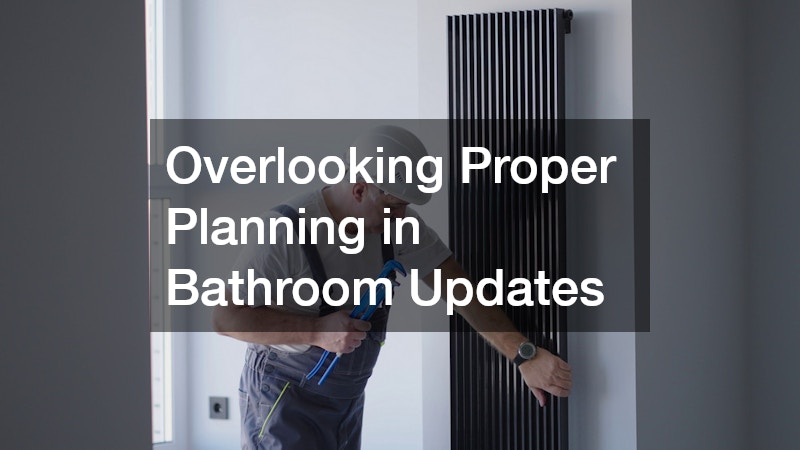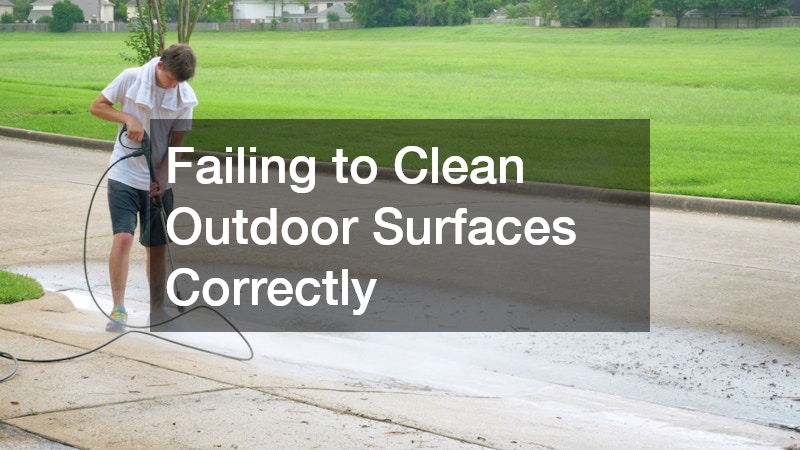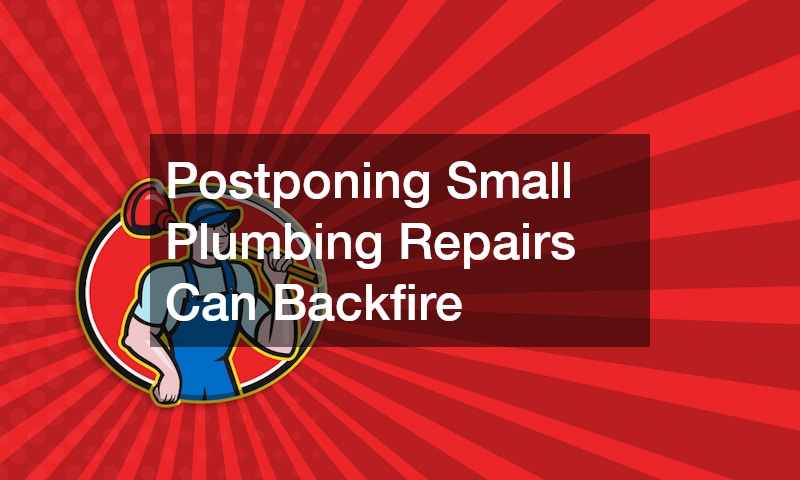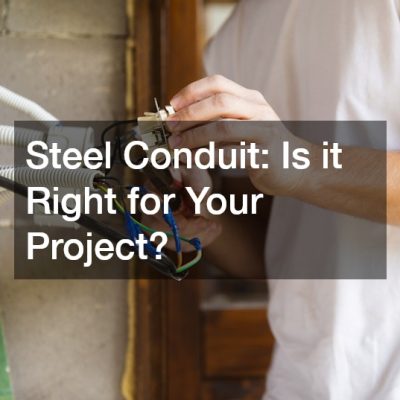Home improvement projects are exciting opportunities to enhance your living space, boost your property’s value, and personalize your environment to better suit your needs and tastes. Whether you’re remodeling a bathroom, fixing your roof, or upgrading your HVAC system, tackling these tasks yourself can feel empowering and budget-friendly. The satisfaction of transforming your home with your own hands is undeniable. However, diving into these projects without proper planning, adequate knowledge, or the right tools can quickly turn rewarding efforts into costly mistakes that undo your initial savings and enthusiasm. In many cases, these missteps not only cause damage but also lead to the need for professional rework or even create serious safety hazards that could have been avoided. Understanding the most common DIY errors is crucial for homeowners who want to save money without sacrificing quality or safety, helping to prevent frustration and financial loss over time.
This article explores seven prevalent DIY mistakes linked to various home improvement areas, including bathroom remodeling, cooling and heating systems, roofing, garage doors, outdoor surface cleaning, water heater replacement, venting installations, and plumbing repairs. By highlighting these common pitfalls, you’ll be better equipped to prepare thoroughly or recognize when it’s wise to call in a specialist—such as a bath remodeler or HVAC technician—to handle the job safely and efficiently. A little forethought, research, and caution go a long way toward ensuring your projects are not only successful but also long-lasting and safe.
Let’s dive into the key areas where homeowners often go wrong and learn how to avoid those costly errors that may turn your DIY dream into a headache. By knowing what to watch out for, you can enjoy the benefits of home improvement while steering clear of unnecessary problems and expenses.

Overlooking Proper Planning in Bathroom Updates
Bathroom remodeling is one of the most popular and impactful home improvement projects homeowners undertake. Not only can it dramatically increase your home’s market value, but it also significantly enhances your daily comfort and overall quality of life. A well-designed, functional bathroom can become a personal sanctuary that reflects your style and meets your family’s needs. However, one of the biggest DIY mistakes people make when tackling a bathroom remodel is overlooking the importance of thorough planning before starting any demolition or installation work. Skipping this critical step can lead to a cascade of problems that are expensive and time-consuming to fix.
Many homeowners enthusiastically jump into demolition or begin replacing fixtures without fully considering the entire scope of the project—this includes plumbing configurations, ventilation requirements, lighting placement, and overall layout flow. Without this foresight, you may find yourself facing unexpected complications, such as pipes located in inconvenient spots that need rerouting or insufficient drainage slopes that cause water pooling and potential water damage. These issues can turn a seemingly simple update into a complex renovation that strains your budget and patience.
A professional bath remodeler understands that successful bathroom updates always begin with a detailed plan. This plan includes taking accurate measurements, thoroughly assessing existing plumbing and electrical systems, and developing a clear design vision that aligns with your goals. Additionally, experienced remodelers account for ventilation needs to prevent mold growth—one of the most common and costly issues overlooked by many DIYers. Proper ventilation is essential for maintaining a healthy bathroom environment and prolonging the life of your finishes and fixtures.
Failing to invest time in proper planning can result in costly rework, frustrating delays, and subpar finishes that detract from the overall quality of your remodel. For example, installing new tiles without first assessing the condition of the subfloor may lead to premature cracking or loosening. Similarly, choosing fixtures without verifying their compatibility with your existing plumbing system might require replacements soon after installation, doubling your expenses.
To avoid these pitfalls, start your bathroom remodel with a comprehensive checklist that outlines all necessary repairs, upgrades, and aesthetic decisions before purchasing materials or tools. If you find yourself uncertain about technical aspects such as plumbing, ventilation, or electrical work, consulting a professional bath remodeler early in the process can save you significant money, time, and frustration in the long run.
Ignoring Signs of Cooling System Trouble
Air conditioning is absolutely vital for maintaining comfort during hot months, especially in regions where summer temperatures soar. A properly functioning AC unit not only keeps indoor spaces cool but also helps regulate humidity, improving overall air quality and comfort. Many DIY enthusiasts are tempted to attempt basic fixes when their system starts showing signs of trouble, such as uneven cooling or strange noises. However, ignoring these early warning signals or trying quick, untrained fixes can lead to far more expensive repairs down the road—or even complete system failure, leaving you without relief during the hottest times of the year.
Common signs that your AC unit needs professional attention include uneven cooling across rooms, unusual sounds like banging or rattling, and noticeably increased energy bills. While DIYers might try to address these issues by cleaning the coils or replacing air filters, these surface-level tasks may not address underlying, more serious problems. Issues such as refrigerant leaks, damaged compressors, faulty wiring, or electrical faults often go unnoticed by untrained eyes but can cause the system to struggle and eventually break down.
Attempting AC repairs without the proper training and certification is risky. Handling refrigerants improperly not only poses health and safety hazards but also risks environmental damage, as many refrigerants are regulated substances. Moreover, improper repairs can reduce your system’s efficiency, causing it to consume more electricity and wear out sooner, which ultimately increases your overall costs.
Routine inspections and maintenance performed by certified HVAC professionals can catch potential problems early, before they escalate. Ignoring signs of cooling system trouble often means you’ll face emergency repairs during peak seasons, when technicians are busiest, costs are higher, and your comfort is severely compromised.
The best approach to keep your AC running smoothly is to monitor your system regularly and schedule professional maintenance visits at least once a year. When you notice symptoms of trouble, resist the urge to apply quick DIY fixes and instead call in experts who have the skills and tools to diagnose and repair the issue effectively, ensuring your system remains reliable and efficient.
Skipping Routine Maintenance on Climate Control
Heating, ventilation, and air conditioning (HVAC) systems are complex machines that require regular, periodic maintenance to perform efficiently and reliably. These systems consist of multiple components working together, including filters, ducts, coils, compressors, and thermostats. Skipping routine HVAC service is a common DIY mistake many homeowners make in an effort to save time or money, but this choice often backfires and ends up costing far more in the long run.
Neglecting important maintenance tasks such as changing air filters, cleaning ducts, lubricating moving parts, and inspecting key system components leads to decreased airflow and puts extra strain on the equipment. This causes increased energy consumption, higher utility bills, and more frequent breakdowns. Over time, accumulated dirt, dust, and wear can lead to premature system failure, requiring costly repairs or even full replacement.
Many homeowners attempt to service their HVAC units themselves but often lack the necessary tools, technical knowledge, and experience to do so properly. For instance, cleaning evaporator coils, checking refrigerant levels, or calibrating electrical controls is far more complicated than it appears and frequently requires specialized diagnostic equipment and certifications.
Scheduling regular HVAC service with licensed professionals not only extends the life of your system but also improves indoor air quality by reducing dust, allergens, and mold buildup. DIY shortcuts can inadvertently cause unseen damage or create health risks, especially if mold growth occurs within ducts or filters.
While routine maintenance might seem like an avoidable cost, it is a critical investment that protects your HVAC system and keeps your home comfortable and safe throughout the year. Prioritizing professional service helps avoid unexpected breakdowns and costly emergency repairs, ensuring efficient and reliable climate control.

Using Low-Quality Materials for Roof Fixes
Roof repairs are critical for protecting your home from weather damage, leaks, and structural problems. One of the most damaging DIY mistakes in roofing service is using low-quality materials to save money upfront.
Cheap shingles, underlayment, or flashing might appear like an easy cost-cutting measure but can fail quickly under stress, resulting in water infiltration, mold, or costly structural damage. Moreover, low-quality materials often lack proper warranties or certifications, making future insurance claims difficult.
Roofing requires specific materials matched to your local climate and roof style. Professional roofing services have access to durable, tested products and ensure correct installation techniques, such as proper nailing patterns and flashing placement.
Additionally, improper material selection or installation can void manufacturer warranties. While hiring a roofer may seem more expensive initially, it prevents the need for costly replacements and repairs that poor materials invite.
Homeowners should research materials thoroughly and avoid shortcuts. Investing in quality roofing components safeguards your home and reduces the chance of needing repeat repairs.
Neglecting Safety When Fixing Entry Doors
Garage door repair is often perceived as a manageable DIY task, but neglecting safety during repairs is a serious mistake that can lead to injury or property damage.
Garage doors are heavy and under significant tension from springs and cables. Attempting to fix or adjust these components without proper knowledge or tools is hazardous. Many DIYers underestimate the risk and suffer injuries from spring snaps or door falls.
Common mistakes include not releasing spring tension correctly, ignoring manufacturer safety warnings, or bypassing safety features such as sensors. Additionally, improper door balance adjustment can strain the opener motor and shorten its lifespan.
To avoid these dangers, only perform basic tasks like lubricating rollers or tightening screws yourself. For spring replacements, cable repairs, or motor issues, call a qualified garage door repair professional who follows safety protocols.
Ignoring safety risks not only endangers you and your family but can increase repair costs when accidents happen.
Choosing Quick Fixes Over Long-Term Garage Upgrades
Improving your garage door system is more than repairing broken parts; it’s an opportunity for lasting enhancements in security, energy efficiency, and curb appeal. Choosing quick fixes rather than investing in long-term garage door improvements is a common DIY error.
Many homeowners patch up dents, replace a few panels, or delay upgrading insulation, leading to recurring issues like drafts, noise, and decreased security. While immediate repairs might solve visible problems, they don’t address underlying weaknesses.
Garage door improvements such as installing weather stripping, upgrading to insulated panels, or modernizing openers provide long-term benefits. These enhancements increase home comfort, lower energy bills, and deter break-ins.
DIY enthusiasts might try quick fixes due to cost or time constraints, but they often miss out on these lasting gains. Consulting a garage door improvement specialist can help design upgrades tailored to your home’s needs.
Planning for long-term improvements rather than patchwork repairs increases overall satisfaction and saves money over time.

Failing to Clean Outdoor Surfaces Correctly
Pressure washing is an effective way to clean outdoor surfaces like decks, patios, and siding. However, failing to use a local pressure washer properly is a frequent DIY mistake that can cause damage.
Incorrect pressure settings or nozzle choices may strip paint, gouge wood, or force water into cracks, leading to mold or structural issues. Homeowners often overestimate the power they need and apply pressure too close or unevenly.
Using the wrong cleaning solutions or neglecting to protect plants and outdoor furniture also leads to problems. A professional local pressure washer service understands the appropriate pressure, techniques, and detergents for each surface type.
Attempting pressure washing without this expertise can leave surfaces worse off and necessitate repairs or repainting. Hiring a skilled service provider protects your property and achieves thorough cleaning without harm.
Before pressure washing, research best practices or consider expert assistance for delicate or extensive jobs.
Delaying Replacement of Old Heating Units
Replacement water heaters are essential to home comfort, especially in colder months. Delaying the replacement of an aging or malfunctioning water heater is a common DIY mistake that can lead to inefficiency, higher energy costs, and unexpected breakdowns.
Old water heaters lose efficiency and may develop leaks or sediment buildup, reducing performance. Homeowners sometimes postpone replacement due to upfront costs, opting instead for temporary fixes or patches.
These quick fixes can worsen problems or cause water damage if the unit fails suddenly. Furthermore, outdated units lack modern safety features and energy-saving technology found in newer models.
Replacing your water heater proactively with the help of a professional avoids emergency failures and lowers long-term expenses. A replacement water heater professional ensures proper sizing, safe installation, and compliance with local codes.
Waiting too long often results in costly water damage, repair fees, and higher utility bills.
Incorrect Installation Leading to Poor Airflow
Proper wind venting is critical for home ventilation and energy efficiency. Incorrect installation of vents is a common DIY error that leads to poor airflow, moisture buildup, and increased energy costs.
Homeowners may install vents too small, block them unintentionally, or place them in ineffective locations. These mistakes prevent air from circulating correctly, which can trap humidity, encourage mold growth, and stress HVAC systems.
Wind venting requires knowledge of airflow dynamics, building codes, and climate considerations. Professional installation ensures vents are appropriately sized, placed, and sealed to optimize ventilation.
DIY venting can result in uneven temperatures, condensation problems, and even structural damage over time. If you suspect poor airflow or moisture issues, having a professional inspect your venting system is a wise step.

Postponing Small Plumbing Repairs Can Backfire
Local plumbing repair issues like leaks, clogged drains, or dripping faucets often seem minor to homeowners. However, postponing these small plumbing repairs is a mistake that can escalate into major problems.
Ignoring leaks can cause water damage, mold growth, and higher water bills. Clogs left untreated may lead to pipe bursts or sewage backups. Many DIY plumbers lack the tools and expertise to diagnose and fix issues thoroughly, leading to temporary or ineffective solutions.
Local plumbing repair professionals have the experience and equipment to identify underlying causes and provide lasting fixes. Attempting to delay or DIY small repairs risks costly emergencies down the line.
Addressing plumbing problems promptly preserves your home’s structural integrity and prevents unnecessary expenses.
DIY home improvement projects offer great opportunities to save money, learn new skills, and tailor your living space to your preferences. However, common mistakes—ranging from poor planning in bathroom remodels to ignoring signs of HVAC trouble or using low-quality roofing materials—can undermine your efforts and lead to costly consequences.
Failing to maintain HVAC systems, neglecting safety during garage door repairs, choosing short-term fixes over long-term upgrades, or delaying essential replacements like water heaters often result in expensive rework and safety risks. Outdoor surface cleaning and proper venting installation also require care and expertise beyond casual DIY attempts. Even small plumbing problems need prompt attention to prevent major damage.
To protect your investment and enjoy the full benefits of your improvements, it’s vital to plan carefully, use quality materials, prioritize safety, and call on qualified professionals when necessary. This balanced approach helps avoid frustration, preserves home value, and ensures lasting comfort and security.
If you’re planning home updates or repairs, consider consulting specialists like bath remodelers, HVAC service providers, roofing professionals, garage door experts, local pressure washers, replacement water heater installers, wind venting technicians, and plumbing repair services. Their expertise saves time, reduces risks, and ultimately costs less by preventing mistakes.
With thoughtful preparation and the right help, your DIY projects can succeed beautifully without the pitfalls that cost more in the long run.

